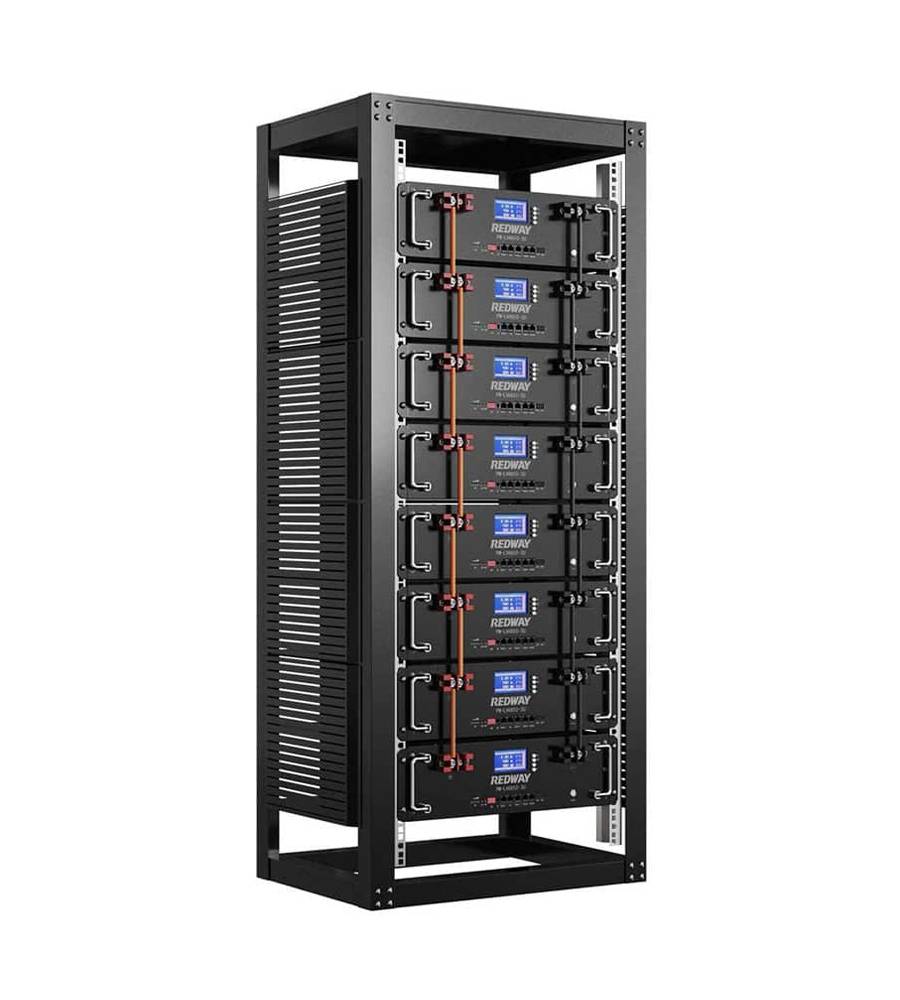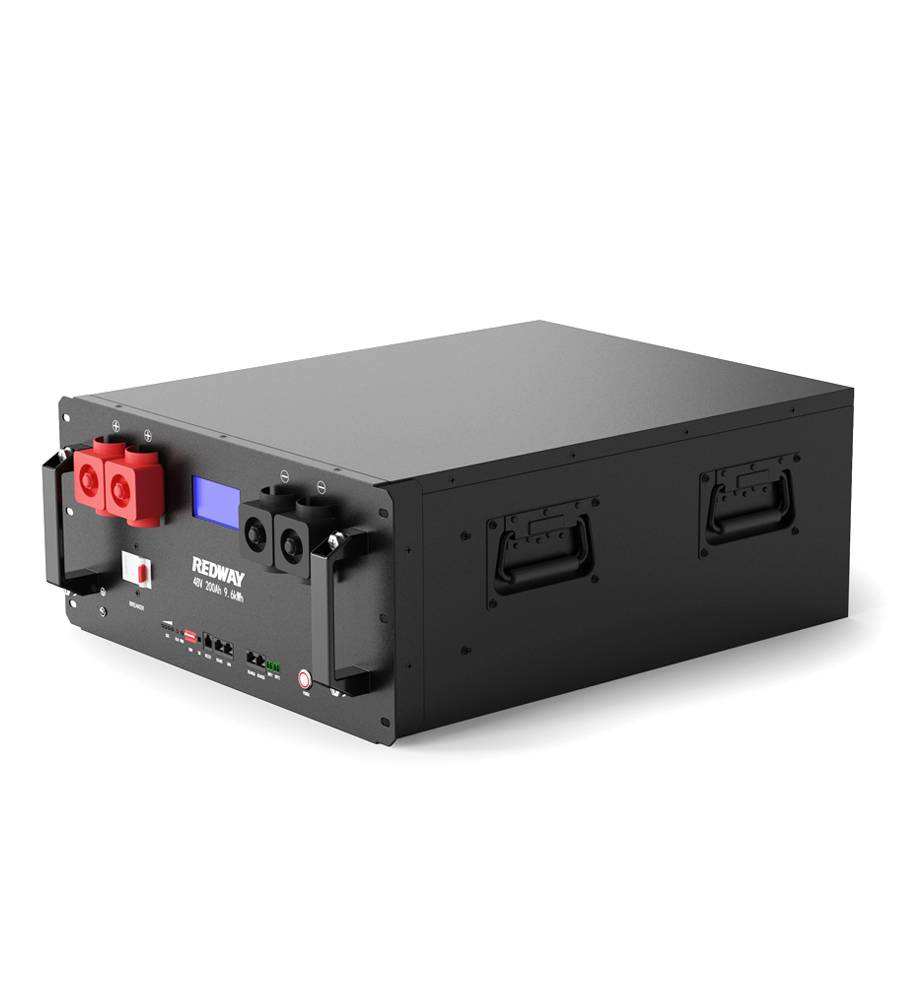- Rack-mounted Lithium Battery
- Golf Cart Lithium Battery
-
Golf Cart Lithium Battery
- 36V 50Ah (for Golf Carts)
- 36V 80Ah (for Golf Carts)
- 36V 100Ah (for Golf Carts)
- 48V 50Ah (for Golf Carts)
- 48V 100Ah (Discharge 100A for Golf Carts)
- 48V 100Ah (Discharge 150A for Golf Carts)
- 48V 100Ah (Discharge 200A for Golf Carts)
- 48V 120Ah (for Golf Carts)
- 48V 150Ah (for Golf Carts)
- 48V 160Ah (Discharge 100A for Golf Carts)
- 48V 160Ah (Discharge 160A for Golf Carts)
-
Golf Cart Lithium Battery
- Forklift Lithium Battery
- 12V Lithium Battery
- 24V Lithium Battery
- 36V Lithium Battery
- 48V Lithium Battery
-
48V LiFePO4 Battery
- 48V 50Ah
- 48V 50Ah (for Golf Carts)
- 48V 60Ah (8D)
- 48V 100Ah (8D)
- 48V 100Ah
- 48V 100Ah (Discharge 100A for Golf Carts)
- 48V 100Ah (Discharge 150A for Golf Carts)
- 48V 100Ah (Discharge 200A for Golf Carts)
- 48V 150Ah (for Golf Carts)
- 48V 160Ah (Discharge 100A for Golf Carts)
- 48V 160Ah (Discharge 160A for Golf Carts)
-
48V LiFePO4 Battery
- 60V Lithium Battery
-
60V LiFePO4 Battery
- 60V 20Ah
- 60V 30Ah
- 60V 50Ah
- 60V 50Ah (Small Size / Side Terminal)
- 60V 100Ah (for Electric Motocycle, Electric Scooter, LSV, AGV)
- 60V 100Ah (for Forklift, AGV, Electric Scooter, Sweeper)
- 60V 150Ah (E-Motocycle / E-Scooter / E-Tricycle / Tour LSV)
- 60V 200Ah (for Forklift, AGV, Electric Scooter, Sweeper)
-
60V LiFePO4 Battery
- 72V~96V Lithium Battery
- E-Bike Battery
- All-in-One Home-ESS
- Wall-mount Battery ESS
-
Home-ESS Lithium Battery PowerWall
- 24V 100Ah 2.4kWh PW24100-S PowerWall
- 48V 50Ah 2.4kWh PW4850-S PowerWall
- 48V 50Ah 2.56kWh PW5150-S PowerWall
- 48V 100Ah 5.12kWh PW51100-F PowerWall (IP65)
- 48V 100Ah 5.12kWh PW51100-S PowerWall
- 48V 100Ah 5.12kWh PW51100-H PowerWall
- 48V 200Ah 10kWh PW51200-H PowerWall
- 48V 300Ah 15kWh PW51300-H PowerWall
PowerWall 51.2V 100Ah LiFePO4 Lithium Battery
Highly popular in Asia and Eastern Europe.
CE Certification | Home-ESS -
Home-ESS Lithium Battery PowerWall
- Portable Power Stations
How to Choose the Right Rechargeable Lithium Batteries

What Are the Key Factors to Consider When Choosing Lithium Batteries?
When selecting a lithium battery, consider the following key factors:
- Capacity: Measured in amp-hours (Ah), this indicates how much energy the battery can store. Higher capacity batteries provide longer runtimes.
- Voltage: Ensure that the battery voltage matches your device’s requirements; most consumer electronics use either 3.7V or 7.4V lithium batteries.
- Discharge Rate: This indicates how quickly a battery can deliver power; choose a battery with an appropriate discharge rate for your application.
- Cycle Life: The number of charge-discharge cycles a battery can undergo before its capacity significantly degrades; higher cycle life means longer usability.
- Temperature Tolerance: Some batteries perform better in extreme temperatures; consider your environment when selecting a battery.
Chart: Key Factors Overview
| Factor | Description |
|---|---|
| Capacity | Total energy storage measured in Ah |
| Voltage | Must match device requirements |
| Discharge Rate | Determines power delivery speed |
| Cycle Life | Number of usable charge cycles |
| Temperature Tolerance | Performance in various environmental conditions |
How Do Different Lithium Battery Types Compare?
Lithium batteries come in various types, each with distinct characteristics:
- Lithium-Ion (Li-ion): Commonly used in consumer electronics; offers high energy density and good cycle life.
- Lithium Polymer (LiPo): Flexible and lightweight, ideal for applications where space is limited, such as drones and smartphones.
- Lithium Iron Phosphate (LiFePO4): Known for safety and thermal stability, often used in electric vehicles and stationary storage systems.
- Lithium Nickel Manganese Cobalt (NMC): Balances energy density and thermal stability, widely used in electric vehicles.
Understanding these differences helps you choose a battery that fits your application needs.Chart: Comparison of Lithium Battery Types
| Type | Energy Density (Wh/kg) | Cycle Life | Common Applications |
|---|---|---|---|
| Lithium-Ion | 150 – 250 | ~500 – 3000 | Smartphones, laptops |
| Lithium Polymer | 150 – 200 | ~300 – 500 | Drones, RC vehicles |
| Lithium Iron Phosphate | 90 – 160 | ~2000 – 5000 | Electric vehicles, solar storage |
| Lithium Nickel Manganese Cobalt | 150 – 220 | ~1000 – 2000 | Electric vehicles |
What Is the Importance of Capacity and Voltage in Battery Selection?
Capacity and voltage are critical parameters:
- Capacity determines how long a device can run before needing a recharge. For instance, a 3000mAh battery will last longer than a 1500mAh battery under identical conditions.
- Voltage must be compatible with your device; using a battery with too high or too low voltage can damage your device or lead to inefficient operation.
Selecting batteries with appropriate capacity and voltage ensures optimal performance.Chart: Capacity vs. Voltage
| Parameter | Importance |
|---|---|
| Capacity | Affects runtime and usability |
| Voltage | Must match device specifications |
Why Should You Consider Cycle Life When Choosing a Battery?
Cycle life refers to how many times a battery can be charged and discharged before its capacity drops significantly:
- Longer Cycle Life: Indicates better value over time as it reduces replacement frequency.
- Application Suitability: For devices that require frequent charging (like electric vehicles), choosing batteries with higher cycle life is essential.
Understanding cycle life helps you select batteries that will meet your usage patterns effectively.Chart: Cycle Life Impact
| Cycle Life (Cycles) | Expected Lifespan (Years) |
|---|---|
| 300 | ~1 – 2 |
| 500 | ~2 – 3 |
| 1000 | ~3 – 5 |
| 2000 | ~5 – 10 |
How Do You Determine the Right Battery for Your Application?
To select the right lithium battery:
- Identify Your Device Requirements: Check power consumption needs.
- Assess Size Constraints: Measure available space for the battery.
- Evaluate Environmental Conditions: Consider temperature ranges where the battery will operate.
- Research Brands: Look for reputable manufacturers known for quality products.
By systematically evaluating these factors, you can make an informed decision about which lithium battery best suits your needs.Chart: Steps to Determine Right Battery
| Step | Action |
|---|---|
| Identify Requirements | Check power needs |
| Assess Size Constraints | Measure available space |
| Evaluate Conditions | Consider operating temperatures |
| Research Brands | Look for reputable manufacturers |
Industrial News
The demand for rechargeable lithium batteries continues to rise as industries shift toward more sustainable energy solutions. Recent advancements focus on improving energy density, safety features, and recycling methods for lithium batteries. As electric vehicles and renewable energy systems become more prevalent, understanding how to choose the right lithium batteries becomes essential for consumers looking to optimize their energy solutions.
Redway Power Insight
“Choosing the right rechargeable lithium battery is crucial not only for performance but also for safety and longevity. By understanding key specifications like capacity, voltage, and cycle life, consumers can make informed decisions that enhance their overall experience with modern technology.”
Choosing the right rechargeable lithium battery involves understanding several key factors such as capacity, voltage, and battery type. The best lithium batteries offer high energy density, long cycle life, and safety features tailored to your specific application. By considering these aspects, you can select a battery that meets your needs effectively.
FAQs
Differences Between 18650 and 26650 Batteries?
Disadvantages of 26650 Lithium Batteries?
Disadvantages of 18650 Lithium Batteries?
Advantages of 26650 Lithium Batteries?
Is 26650 Battery Resistant to Short Circuits?
What Happens When 26650 Over-Discharged?
How Does 26650 Perform When Overcharged?
Q1: Can I use any lithium battery for my device?
A1: No, it’s important to match the voltage and capacity specifications of your device when selecting a lithium battery.Q2: How do I know if my lithium battery is safe?
A2: Look for safety certifications from recognized organizations and ensure it has built-in protection features.Q3: What happens if I overcharge my lithium-ion battery?
A3: Overcharging can lead to overheating, reduced lifespan, or even thermal runaway in extreme cases.














